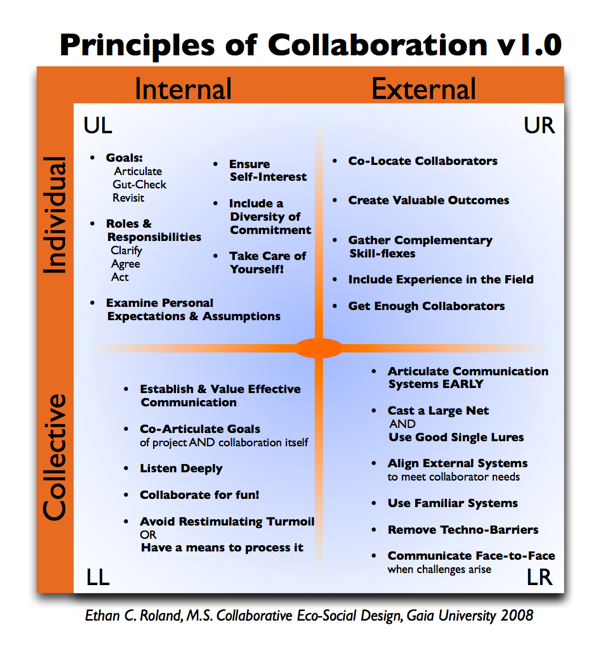Forest Gardening: Vision & Pattern Language
We’re in the middle of the Design & Theory weekend of the 2010 Forest Garden Immersion Series. This 4-weekend series, one per month, immerses participants in the practice and culture of forest gardening. A few spots are still open for the upcomingweekends:
- Install & Establish (May 28-30)
- Caretake & Tend (June 18-20)
- Food & Medicine (July 16-18)Â Â Â Â Â Â Â Â Â Â Â Â …Sign up now at http://tiny.cc/fgis2010!
We’re compressing the entire Edible Forest Gardens design process (EFG Volume II, Chapter 3 & 4) articulated by Dave Jacke and Eric Toensmeier into a single weekend – so our teaching team needed to get creative. Rather than uber-detailing each stage of the design process, we decided to trial a Pattern Language approach.
Pattern Languages, named and articulated by architect Christopher Alexander et. al in the 70’s, are one of the most powerful design tools that exist in the world. Patterns are defined as “solutions to problems across contexts”, which can be strung together to form complete designs for towns, buildings, and more… Since their original proposed use for architecture and planning, Pattern languages have been used in realms from medical training, software design, to the compositiong of zoning laws. An excellent resource is the collaboratively co-created “Liberating Voices: A Pattern Language for Communication Revolution” published by MIT press.
Dave Jacke & Eric Toensmeier created the first draft of a Forest Garden Pattern Language in Edible Forest Gardens Volume II, which Connor Stedman of Turkey Tail Permaculture concept-mapped last year:
Connor and I also typed up the Name, Problem Statement, and Solution Statement for all of the 57 patterns in Edible Forest Gardens — you can download a PDF of these statements here. As I looked through the patterns in preparation for our course, I realized that I and other designers have been using patterns in my forest garden design work that were not included in the first draft. So, drawing on our collective experience (especially the brilliant pattern-articulators Dave Jacke, Eric Toensmeier, Jonathan Bates, Dyami Nason-Regan, and Christopher Alexander et. al), I’ve gathered 14 patterns and proposed 23 new ones for the language. I also re-arranged the patterns into a new six-step forest garden design process, which is laid out as a Flower Petal Bed (pattern #46) in the following diagram. To design a forest garden (after articulating goals and analyzing the site), simply choose 1 or 2 patterns from each “pattern bed” and connect them together into a design. You can download the map by clicking on it.
The Apios Institute for Regenerative Perennial Agriculture (which I’m on the board of) has just released a very exciting new co-creative resource: the Edible Forest Garden Wiki. The wiki itself is an ecosystem of information, automatically inter-linking useful forest garden Species Pages to mutually supportive Polycultures to fully designed Forest Gardens – much like the Internet Movie Database connects actors, films, and production companies. Wiki-members (subscription is about $2 per month) can add their own experiences growing 700 forest garden species, add new polycultures and forest gardens, and comment on other people’s designs. Check out the free content and become a wiki member!
Part of my longer term vision is develop the Forest Garden Pattern Language through a similar co-creative online space, where we can all propose patterns and try them out in our designs. The patterns that work across contexts will emerge through our collective research and experimentation. Sound like fun? Want to play? Let me know in the comments!


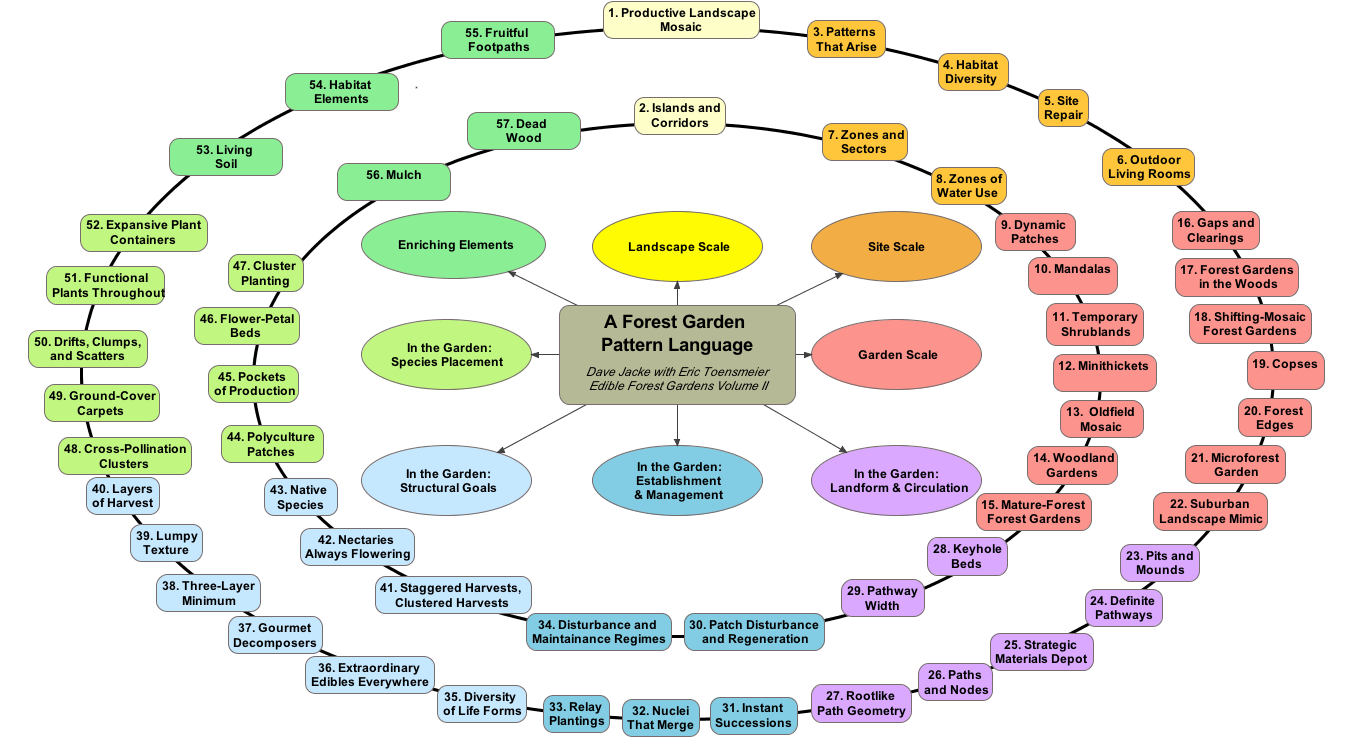






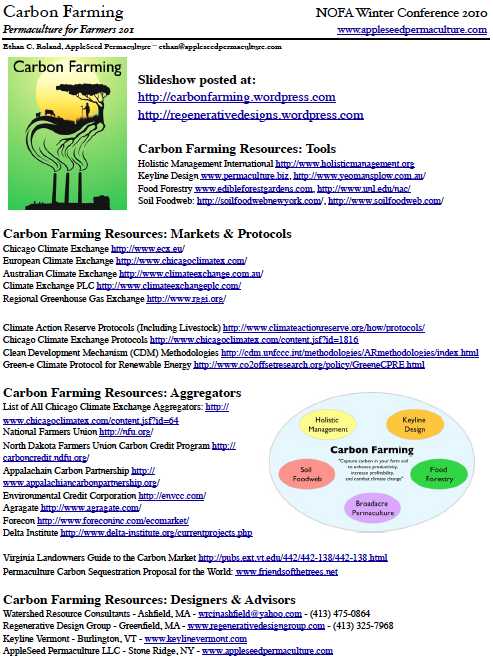



 Gabriel Vieira –
Gabriel Vieira – 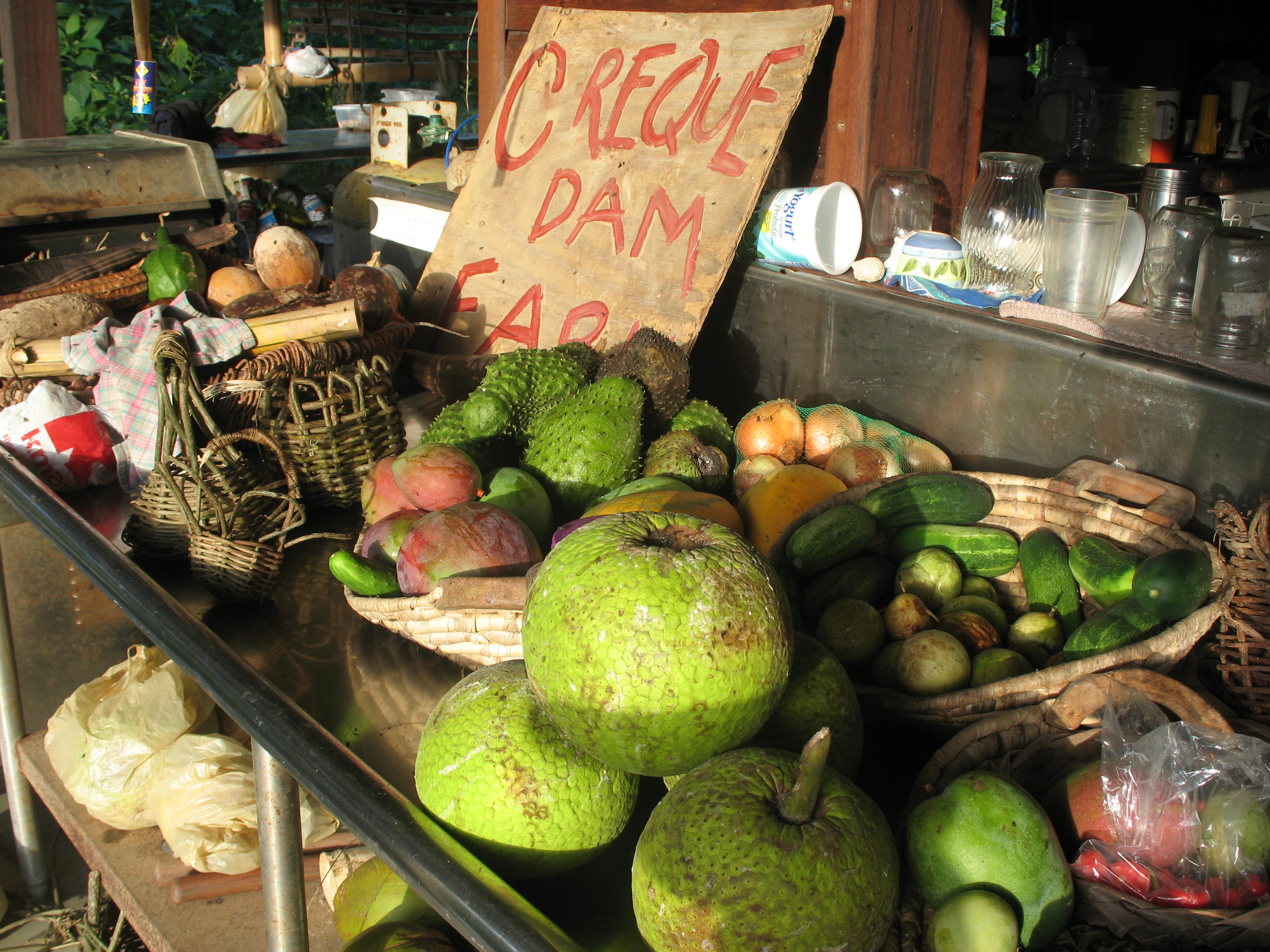

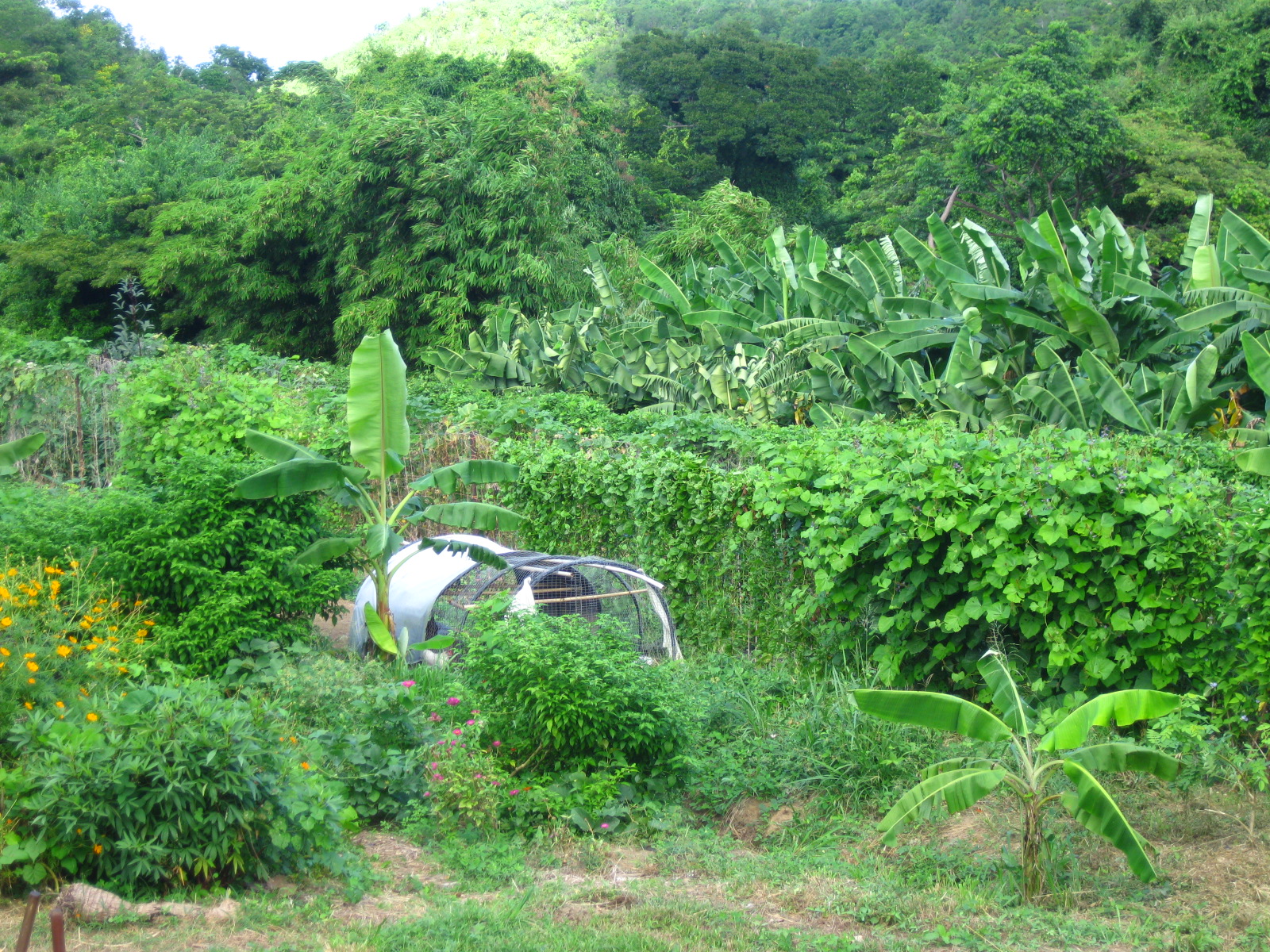

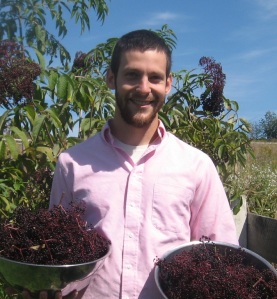


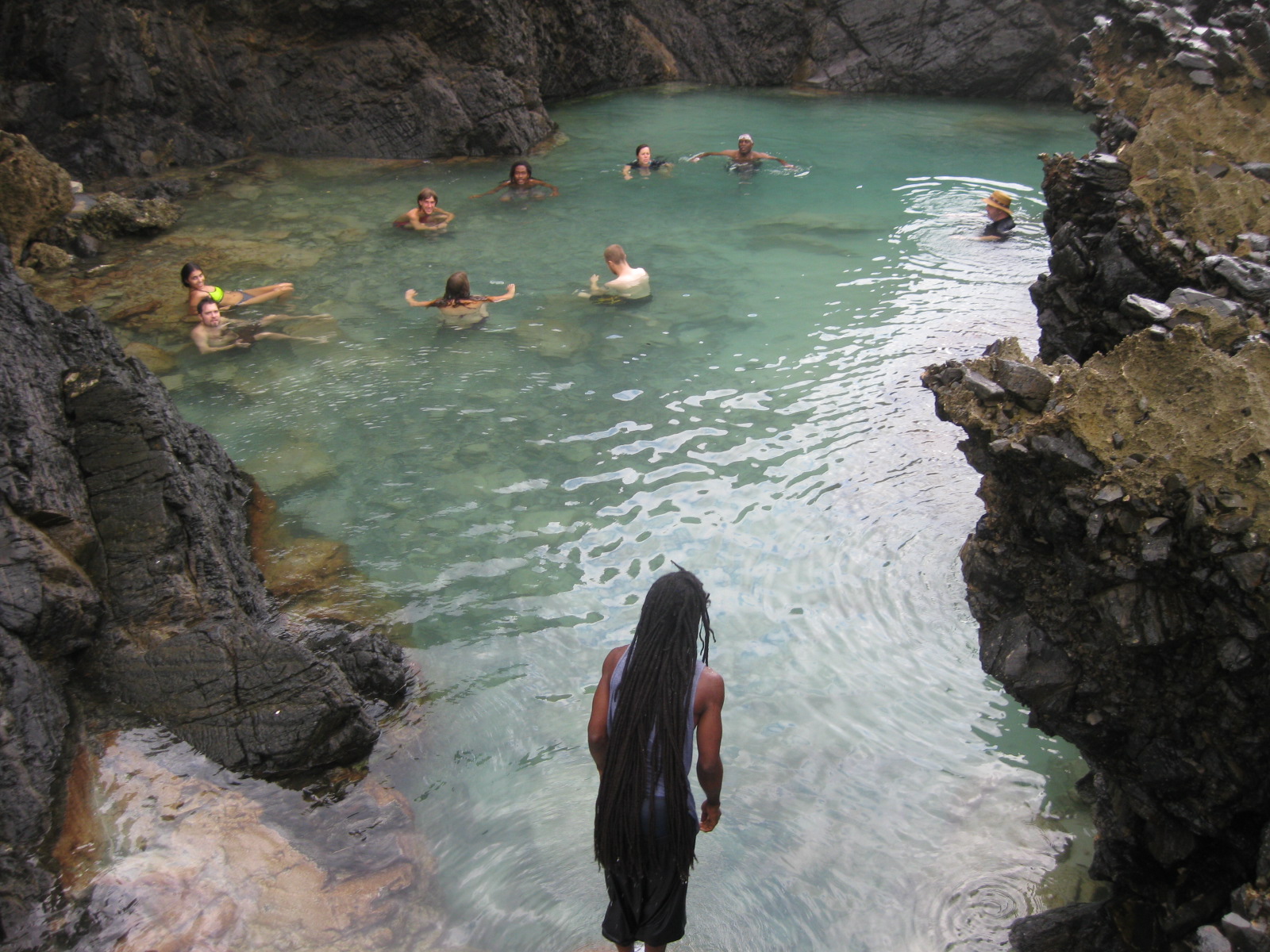



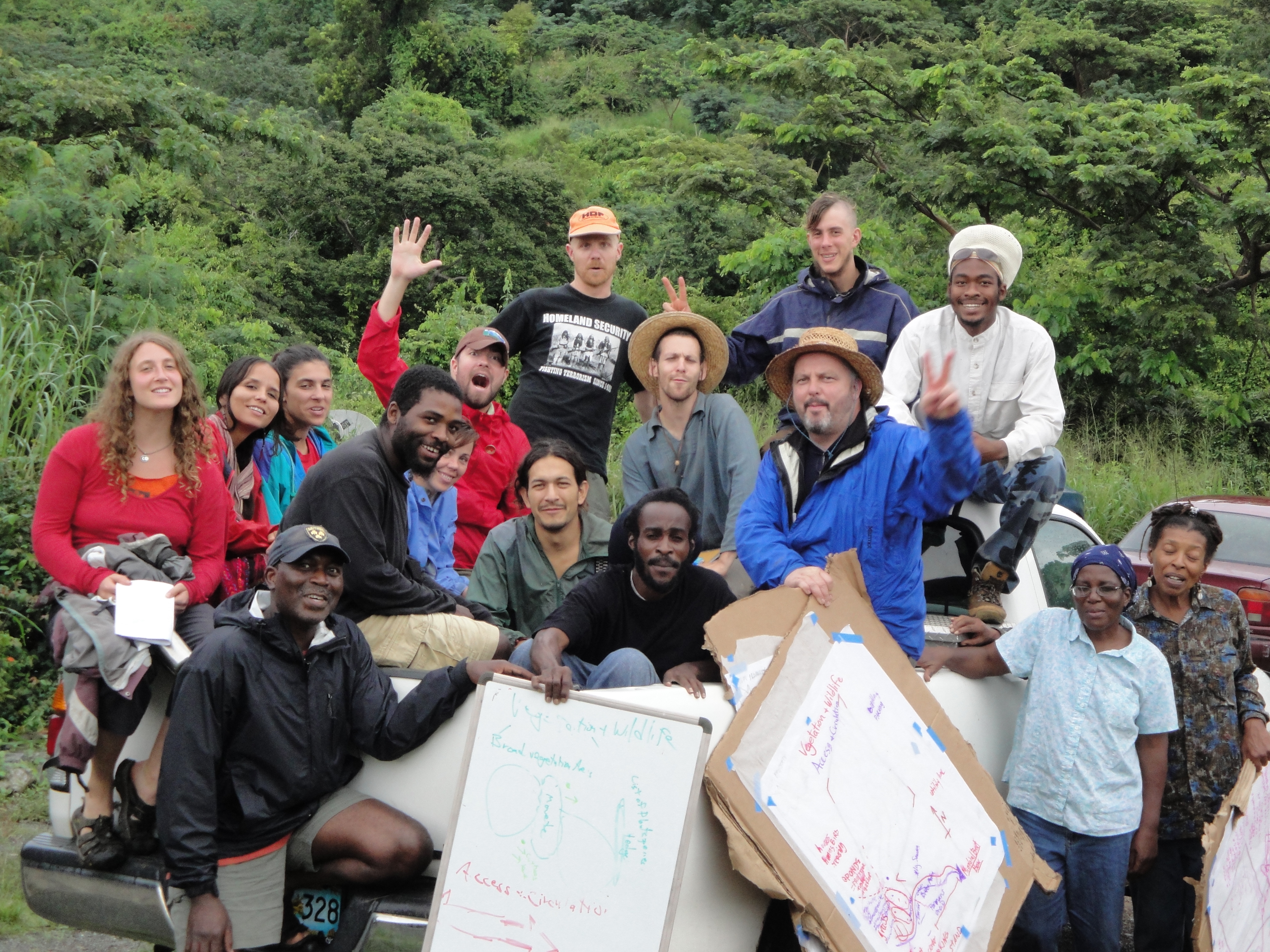
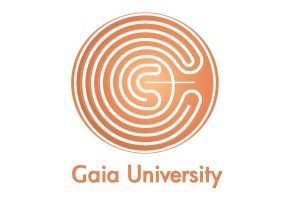

 In a Nutshell – Three to six-month internships with AppleSeed Permaculture, with a cutting edge ecological design firm in the mid-Hudson River Valley. Internships run 2-3 days per week from March 1st to May 31st and June 1st to August 31st,
In a Nutshell – Three to six-month internships with AppleSeed Permaculture, with a cutting edge ecological design firm in the mid-Hudson River Valley. Internships run 2-3 days per week from March 1st to May 31st and June 1st to August 31st, 



